|
The answer was right in front of me, but it took a while to come into focus. My mother passed away 12 years ago, on August 27, 2010. The anniversary of her death was coming again, and I was looking for a way to honor her. Or to connect with her, you might say. Her wishes were that her remains be scattered in the St. Croix River, almost 6 hours away from here. And we honored those wishes. But since then, I have struggled to come up with a place to go when I'm missing her. Over the years I have tried a few different things. More than once, when opportunity presented, I made the drive to the St. Croix and stood on the bridge we scattered her ashes from. I talked to her, took pictures. Cried. I've driven through the little town she lived in during the last decade or so of her life. Considered finding a church and a memorial service. Taken walks in nature, of course. Some years I just sat down with a photo book we made for her 70th birthday and paged through memory lane.
Something struck me as we walked the flower farm. There were sunflowers in all stages of life. Barely a bud, ready to bloom, mid-bloom flower heads, wide open blooms bursting in all their glory, blooms missing a few petals, some missing seeds that have already been feeding the birds, drooping flowers, faded blooms in every fashion, some laying finished on the ground. All of these stages with their own beauty. Their own stories. Their own past, present, and future.
0 Comments
Had I not taken just a few minutes from my day to absorb a little nature, I would have missed all of these little joys. It's amazing how just a bit of fresh air and greenery, some sunshine, and signs of life can improve our day. Help to temper the stress and worry that comes with being human on this planet of ours. It was a good reminder to me, to appreciate what's out there, on my doorstep, and at The Park Next Door.
Thinking back, to nearly a lifetime ago. I was just a kid growing up in St. Paul. During the summers, on weekends mostly, our family would make the drive to Amery, Wisconsin, where my grandparents had a cabin on a lake. It seemed like it was a world away, though it was only about an hours drive. I loved being there. Among the big pine trees, the wildflowers, waking in the cool of the early mornings to the sound of American Robins singing. My uncle would rake the bottom of the lake along the shore and boat dock so we could wade in and swim. Once in the water there I rarely wanted to come out. The water was clear enough we could stand in it and watch perch swimming quickly past our feet.
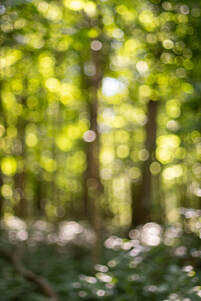 I have a real soft spot for natural areas in Wisconsin that have been built or restored by their owners with a goal of providing wildlife habitat and natural recreation space, along with a plan for preserving the spaces for generations to come. Their passions leave a legacy that will survive long after they have gone. These visionaries come from all walks of life. They create legacies large and small, but all improve the world we live in. If you're curious about some of these special legacy preserves, check out the new Special Feature Page: LEGACIES OF NATURE, which highlights 18 of these amazing spaces. They will leave you hopeful, and may inspire you to join or support these types of projects as well.
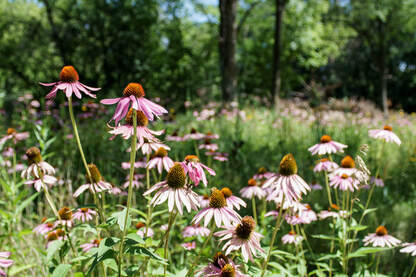 Purple Coneflower dots the prairie landscape. Purple Coneflower dots the prairie landscape. The nature trail itself has been a community based labor of love and green space since it began in 2009. In the decade plus since its beginnings, the trail has evolved into a splendid natural habitat that includes native prairie, a boardwalk and deck area, a woodland trail, an outdoor classroom area, and multiple seating areas and benches meant for peaceful nature viewing. Wildlife visitors here include deer, birds, rabbits, butterflies, wild turkeys, bees, cicadas, grasshoppers, field mice, and more.
All photos by Kimberly Mackowski / The Park Next Door
I love this part of summer. Everything is broadcasting in technicolor. Gardens blooming, prairies adorned with wildflowers and butterflies, sunflower fields tall and abundant with cheer. From the simplest container of summer flowers to fields of Coneflowers and Milkweed, and everything in-between. If you live in the Midwest, you know to savor these days. You'll want to remember them in the depths of January, trust me. There are brilliant displays of summer blooms to be found at local cutting flower and sunflower farms. For a list of these, check out our newest feature, Sunflower Season. I recently visited a couple of them and I'm sharing some highlights below.
If you're in the mood for a short road trip, check out these beautiful spaces in the Two River/Manitowoc area. You'll find a blossoming new Arboretum and Bird Sanctuary, a formal garden along Lake Michigan with a mid-century modern vibe, and a bit of ancient adventure along the Niagara Escarpment of caves and ledges and nature trails. Happy travels, my friends!
|
AuthorA nature lover, bird watcher, wildlife fan, amateur photographer, humane gardener, traveler, and singer of songs. I've been keeping closer to home these days, and truly discovering the beauty that lies in TheParkNextDoor. Archives
May 2024
Categories |
- Home
- THE MAGAZINE
- Celebrating 10 Years
- Blog
- Support The Park Next Door
- Achievements / Press
- Art for Your Walls & More
-
Special Features
- What's New
- Blooms Galore 2024: U-Pick Sunflowers, Cut Flowers and Lavender Fields
- Peony Perfection
- 30 Easy, Scenic Nature Walks
- Gone Fishing
- Birding Local
- A Walk On The Beach
- On The Bookshelf
- There's A Camera In My Pocket
- It's Garden Party Time
- Exploring Door County
- Tasting Door County
- Local Waterfalls Are Calling
- On The Side
- Beauty On The Escarpment
- Sacred Ground & Effigy Mounds Of Wisconsin
- Legacies Of Nature
- Escape To The Woods
- Snapshots
- Migration Song - The Magic of Bird Migration
- Dog Days In The Park
- Fabulous In Fall
- Gift Ideas For The Nature Lover
- Hiking Safely During Hunting Season - 2023 Edition
- Sparkle In The Parks & More
- Winter in Wisconsin
-
Let's Explore
-
Nature Trails
>
- 116th Street - Oak Leaf Trail - West Allis, WI
- Bald Bluff Nature Trail - Palmyra, WI
- Belle Reynolds Nature Trail - Oakfield, WI
- Eagle Nature Trail - Eagle, WI
- Emma Carlin Trail - Palmyra, WI
- Glacial Drumlin State Trail - Lake Mills, WI
- Ice Age Visitor Center Nature Trail - Campbellsport, WI
- Kettle Moraine Low Prairie Natural Area - Eagle, WI
- W. Kinnickinnic River Parkway - Milwaukee, WI
- Kohl Park Hiking Trail - Milwaukee, WI
- Paradise Springs Nature Trail - Eagle, WI
- Rice Lake Nature Trail - Whitewater, WI
- Scuppernong Springs Nature Trail - Eagle, WI
- Seminary Woods - St. Francis, WI
- Stony Ridge Nature Trail - Eagle, WI
- Stute Springs Nature Trail - Eagle, WI
- Washington Avenue Nature Trail - Sheboygan, WI
- White River State Trail - Elkhorn to Dover, WI
- Wisconsin Veteran's Memorial Riverwalk - Delafield, WI
-
Local Parks
>
- Akakawaa Park - Waukesha, WI
- Alt Bauer Park - Germantown, WI
- Anclam Park - Baileys Harbor, WI
- Astico County Park - Columbus, WI
- Asylum Point Park & Lighthouse - Oshkosh, WI
- Aurelian Springs Village Park - Palmyra, WI
- Beckman Mill County Park - Beloit, WI
- Big Hill Park - Beloit, WI
- Biwer Park - New Berlin, WI
- Bluhm Farm Park - Muskego, WI
- Brown Deer Park - Brown Deer, WI
- Calhoun Park - New Berlin, WI
- Carlin-Weld Park - Palmyra, WI
- Dorothy Carnes Park - Fort Atkinson, WI
- Carver-Roehl County Park - Clinton, WI
- Case Eagle Park - Burlington, WI
- Cave Point County Park - Sturgeon Bay, WI
- Cherney Maribel Caves County Park - Maribel, WI
- Cliffside Park - Caledonia, WI
- Copernicus Park - Milwaukee, WI
- Creekwood Park - Greenfield, WI
- Cudahy Woods - Cudahy, WI
- Denoon Park - Muskego, WI
- Dousman Stagecoach Inn Museum - Brookfield, WI
- Downtown Waupaca Parks - Waupaca, WI
- Doyne Park - Milwaukee, WI
- Ellison Bay Bluff County Park - Ellison Bay, WI
- Elm Grove Village Park - Elm Grove, WI
- Endicott Park - Brookfield, WI
- Estabrook Park - Milwaukee, WI
- Euclid Park - Milwaukee, WI
- Falk Park - Oak Creek, WI
- Frame Park - Waukesha, WI
- Franklin Woods - Franklin, WI
- Froemming Park - Franklin, WI
- Frontier Park - Butler, WI
- George K. Pinney County Park - Sturgeon Bay, WI -
- Glacier Hills County Park - Hubertus, WI
- Grant Park - South Milwaukee
- Greenfield Park - West Allis
- Grobschmidt Park - Milwaukee, WI
- Hales Corners Park, Ben Hunt Prairie and Cabin, Seneca Hale Summer Kitchen, Cobb Park - Hales Corners, WI
- Harnischfeger Park - Ixonia, WI
- Hart Park - Wauwatosa, WI
- Hartbrook Park - Hartland, WI
- Hartung Park - Wauwatosa, WI
- Hidden Lake Park - Brookfield, WI
- High Grove Park - New Berlin, WI
- Hika Bay Park - Cleveland, WI
- Hobbs Woods Nature Area - Fond Du Lac, WI
- Homestead Hollow County Park - Germantown, WI
- Honey Creek Park - West Allis, WI
- Hoyt Park - Wauwatosa, WI
- Humboldt Park - Milwaukee, WI
- Idle Isle Park - Muskego, WI
- Indian Mounds County Park - Lake Koshkonong Effigy Mounds and Trail - Fort Atkinson, WI
- Indianhead Park - Mukwonago, WI
- Jackson Park - Milwaukee, WI
- Jacobus Park - Wauwatosa, WI
- Johnstone Park - Oak Creek, WI
- Kelly Lake Park - New Berlin, WI
- Kiekhaefer Park - Fond du Lac, WI
- Kinsey Park - Brookfield, WI
- H.C. Koepp Village Park - Pewaukee, WI
- Konkel Park - Greenfield, WI
- Korth Park - Lake Mills, WI
- Krueger Park - Brookfield, WI
- Kurth Park - Muskego, WI
- Alan Kulwicki Park - Greenfield, WI
- Ledge County Park - Horicon, WI
- Lime Kiln Park - Grafton, WI
- Lime Kiln Park - Menomonee Falls, WI
- Lincoln Park - Glendale, WI
- Lions Legend Park I & II - Franklin, WI
- Lion's Park - New Berlin, WI
- Lisbon Community Park - Hartland, WI
- Lyons Park - Milwaukee, WI
- Magnolia Bluff County Park - Evansville, WI
- Malone Park - New Berlin, WI
- Manchester Hill Park - Muskego, WI
- Mangan Woods - Greendale, WI
- Mary Knoll Park - Brookfield, WI
- McCarty Park - West Allis, WI
- Mitchell Park - Brookfield, WI
- Monarch Trail / County Grounds Park - Milwaukee, WI
- Moorewood Park - Waukesha, WI
- Moorland Park - Muskego, WI
- Mound Zion Park - Brookfield, WI
- John Muir Memorial County Park - Town of Buffalo, WI
- Mukwonago Park - Mukwonago, WI
- Mush Ko Se Day Park - Fort Atkinson, WI
- Muskego Boardwalk Nature Trail - Muskego, WI
- Muskego Park - Muskego, WI
- Nashotah Park - Nashotah, WI
- Natureland County Park - Whitewater, WI
- New Berlin Historical Park - New Berlin, WI
- Nitschke Mounds County Park - Burnett, WI
- Nixon Park - Hartland, WI
- North Point Park - Sheboygan, WI
- Oerding Park - Oconomowoc, WI
- Petrifying Springs Park - Kenosha, WI
- Picnic Point Park - Oshkosh, WI
- Pleasant Valley Parks & Trails - Town of Cedarburg, WI
- Pondview Park - Greenfield, WI
- Prairie Springs Park - Pleasant Prairie, WI
- ProHealth Care Park - New Berlin, WI
- Pulaski Park - Milwaukee, WI
- Richfield Historical Park - Richfield, WI
- Ridge Run Park - West Bend, WI
- Rivers Edge Park - Menomonee Falls, WI
- Riverside Park - Watertown, WI
- Riverside Park - West Bend, WI
- Rock River Heritage County Park - Janesville, WI
- Rotary Park - Menomonee Falls, WI
- Sandy Knoll County Park - Town of Trenton, WI
- Saveland Park - Milwaukee, WI
- Schoen Laufen Park - Germantown, WI
- Schoetz Park - Village of Hales Corners, WI
- Schoolhouse Beach - Washington Island, WI
- Scout Lake Park - Greendale, WI
- Sheboygan Indian Mound Park - Sheboygan, WI
- Simmons Woods Park - Pewaukee, WI
- South Shore Park - Bayview, WI
- Spassland Park - Germantown, WI
- Springs Park - Delavan, WI
- Sunset Beach County Park - Sturgeon Bay, WI
- Swan Park - Beaver Dam, WI
- Three Bridges Park - Milwaukee, WI
- Turtle Creek Parkway / Tiffany Bridge - Clinton, WI
- Tyranena Park - Lake Mills, WI
- Valley View Park - New Berlin, WI
- Veterans Memorial Park - Grafton, WI
- Viking County Park - Stoughton, WI
- Virmond Park - Mequon, WI
- Warnimont Park - Cudahy, WI
- Washington Park - Milwaukee, WI
- Weatherstone Park - New Berlin, WI
- Wequiock Falls Park - Green Bay, WI
- Weston Antique Apple Orchard & Isabelle Weston Memorial Trail - New Berlin, WI
- White River County Park - Walworth County
- Whitnall Park - Franklin, WI
- Wilson Park - Milwaukee, WI
- Wind Point Lighthouse - Racine, WI
- Ken Windl Park - Franklin, WI
- Xenobia Springs Park - Palmyra, WI
-
Nature Preserves
>
- Adam Birding Conservancy - Whitewater, WI
- Badertscher Preserve - Muskego, WI
- Joyce M. Baer & George J. Socha Conservancy - Marshall, WI
- Bay Beach Wildlife Sanctuary - Green Bay, WI
- Beulah Bluff Preserve - East Troy, WI
- Beulah Bog - East Troy, WI
- Blue Heron Wildlife Sanctuary - Saukville, WI
- Bratt Woods - Grafton, WI
- Burlington School Forest - Burlington, WI
- Calhoun Creek Prairie - New Berlin, WI
- Cedarburg Bog - Saukville, WI
- Chiwaukee Prairie - Kenosha, WI
- Conservancy For Healing And Heritage - Franklin, WI
- Robert O Cook Arboretum - Janesville, WI
- Crooked Creek Nature Preserve - East Troy, WI
- Crossroads At Big Creek - Sturgeon Bay
- Deer Creek Sanctuary - New Berlin, WI
- Delavan Memorial Arboretum - Delavan, WI
- Donges Bay Gorge - Mequon, WI
- Emerald Preserve - Oak Creek, WI
- Engel Conservation Area - Muskego, WI
- Faville Grove Sanctuary - Lake Mills, WI
- Fellenz Woods - West Bend, WI
- Flowing Well - Whitewater, WI
- Forest Beach Migratory Preserve - Port Washington, WI
- Forest Exploration Center - Wauwatosa, WI
- Fox River Sanctuary - Waukesha, WI
- John S. Garman Nature Preserve - Waterloo, WI
- Garrison's Glen - Mequon, WI
- Genesee Oak Opening and Fen - Mukwonago, North Prairie WI
- Gordon Tabor Memorial Woods - Caledonia, WI
- Gottfried Prairie and Arboretum - Fond du Lac, WI
- Grasslyn Nature Preserve - Mequon, WI
- Greenway Arboretum - Fond du Lac, WI
- Grootemaat Nature Preserve - Greendale, WI
- Hartland Marsh Preserve - Village of Hartland, WI
- Hawthorn Glen - Milwaukee, WI
- Hawthorn Hollow Nature Sanctuary and Arboretum - Kenosha, WI
- Hildebrand Nature Conservancy - Village of Fontana-On-Geneva Lake, WI
- Horicon Marsh State Wildlife Area - Horicon, WI
- Huiras Lake Natural Area - Fredonia, WI
- Kishwauketoe Nature Conservancy - Williams Bay, WI
- Kurtz Woods State Natural Area - Grafton, WI
- Lac Lawrann Conservancy - West Bend, WI
- Lakeshore Nature Preserve - Madison, WI
- Ledge View Nature Center - Chilton, WI
- Lion's Den Nature Preserve - Grafton, WI
- Lois Jensen Nature Preserve - Delafield, WI
- Lulu Lake Nature Preserve - East Troy, WI
- John Margis Jr. Wildlife Area - Burlington, WI
- Maywood Environmental Park - Sheboygan, WI
- Jean McGraw Memorial Nature Preserve - Kenosha, WI
- Mequon Nature Preserve - Mequon, WI
- Moely Prairie - Prairie Du Sac, WI
- Nature Hill Nature Center - Oconomowoc, WI
- Ned Hollister Wetlands Conservancy - Delavan, WI
- Newell and Ann Meyer Nature Preservel - Eagle, WI
- Nicholson Wildlife Refuge - Franksville, WI
- Oakfield Ledge State Natural Area - Oakfield, WI
- Oconomowoc River Conservancy Park - Merton, WI
- Parry Spring - Dousman, WI
- Pavcek Preserve - Hartford, WI
- Petersen Island Woods Preserve - Elkhorn, WI
- Pheasant Branch Creek Conservancy - Middleton, WI
- Pickerel Lake Fen Preserve - East Troy, WI
- Pope Farm Conservancy - Verona, WI
- Price Park Conservancy - Elkhorn, WI
- Pukaite Woods Nature Preserve / Mequon Rotary Park - Mequon, WI
- Retzer Nature Center - Waukesha, WI
- The Ridges Sanctuary - Baileys Harbor, WI
- River Bend Nature Center - Racine, WI
- Riveredge Nature Center - Saukville, WI
- Helen Rohner Children's Fishing Park - Williams Bay, WI-
- Saller Woods - Rochester, WI
- Sanctuary Woods - Wauwatosa, WI
- Sauk Creek Nature Preserve - Port Washington, WI
- Schlitz Audubon Nature Center - Milwaukee, WI
- Schmeekle Reserve - Stevens Point, WI
- Seno Woodland Center - Burlington, WI
- Spirit Lake Nature Preserve - Mequon, WI
- Spruce Lake Bog - Campbellsport, WI
- Stigler Nature Preserve - New Berlin, WI
- Trinity Creek Wetland Habitat - Mequon, WI
- UW-Waukesha Field Station - Oconomowoc, WI
- Van der Brohe Arboretum - Two Rivers, WI
- Vernon Marsh Wildlife Area - Mukwonago, WI
- Vernon Wildlife Area - Waterford, WI
- Wadewitz Nature Camp - Village of Rochester, WI
- Wehmhoff Woodland Preserve - Burlington, WI
- Wehr Nature Center - Franklin, WI
- Whitnall School Forest - Greenfield, WI
- Woodland Dunes Nature Center & Preserve - Two Rivers, WI
- Zeloski Marsh - Cambridge, WI
-
State Parks
>
- Aztalan State Park - Aztalan, WI
- Baxter's Hollow State Natural Area - Sauk City, WI
- Big Foot Beach State Park - Lake Geneva, WI
- Bong State Recreation Area - Kansasville, WI
- C. D. Besadny Fish and Wildlife Area - Kewaunee, WI
- Cadiz Springs State Recreation Area - New Glarus, WI
- Devil's Lake State Park - Baraboo, WI
- Harrington Beach State Park - Belgium, WI
- Hartman Creek State Park - Waupaca, WI
- Havenwoods State Forest - Milwaukee, WI
- High Cliff State Park - Sherwood, WI
- Kohler-Andrae State Park - Sheboygan, WI
- La Budde State Natural Area - Ice Age Trail Segment - Plymouth, WI
- Lake Kegonsa State Park - Stoughton, WI
- Lakeshore State Park - Milwaukee, WI
- Lapham Peak State Park - Delafield, WI
- Lizard Mound State Park - Farmington, WI
- Mauthe Lake State Recreation Area - Campbellsport, WI
- Mukwonago River Unit of the Kettle Moraine State Forest - Mukwonago, WI
- Natural Bridge State Park - North Freedom, WI
- Newport State Park - Ellison Bay, WI
- Peninsula State Park - Fish Creek, WI
- Pike Lake State Park - Hartford, WI
- Point Beach State Forest - Two Rivers, WI
- Potawatomi State Park - Sturgeon Bay, WI
-
Sculpture Gardens and Conservancies
>
- Bobrowitz Sculpture Garden - Colgate, WI
- Boerner Botanical Gardens - Hales Corners, WI
- Nick Engelbert's Grandview - Hollandale, WI
- Franconia Sculpture Park - Shafer, MN
- The Garden Door - Sturgeon Bay, WI
- Greendale Children's Garden - Greendale, WI
- Labyrinth Garden Earth Sculpture - West Bend, WI
- Margie's Garden - Hales Corners, WI
- Mitchell Park Horticultural Conservancy - Milwaukee, WI
- New Life Lavender & Cherry Farm - Baraboo, WI
- Olbrich Botanical Gardens - Madison, WI
- M. Schettl Sales - Sculpture and Oddities
- Rotary Botanical Gardens - Janesville, WI
- Sisson's Peony Garden - Rosendale, WI
- Stavkirke - Washington Island, WI
- Stevens Point Sculpture Park - Stevens Point, WI
- James Tellen Woodland Sculpture Garden - Town of Wilson, WI
- West Of The Lake Gardens - Manitowoc, WI
- Yerkes Observatory - Williams Bay, WI
-
Cemeteries
>
- Calvary Cemetery - Milwaukee, WI
- Forest Home Cemetery - Milwaukee, WI
- Highland Memorial Park Cemetery - New Berlin, WI
- La Belle Cemetery - Oconomowoc, WI
- Mount Olivet Cemetery - Milwaukee, WI
- New Berlin Center Cemetery - New Berlin, WI
- Oak Hill Cemetery - Lake Geneva, WI
- Riverside Cemetery - Oshkosh, WI
- St. Adalbert Cemetery - Milwaukee, WI
-
Nature Trails
>
- Gardening for Wildlife
- Detours, Links & More
- Home
- THE MAGAZINE
- Celebrating 10 Years
- Blog
- Support The Park Next Door
- Achievements / Press
- Art for Your Walls & More
-
Special Features
- What's New
- Blooms Galore 2024: U-Pick Sunflowers, Cut Flowers and Lavender Fields
- Peony Perfection
- 30 Easy, Scenic Nature Walks
- Gone Fishing
- Birding Local
- A Walk On The Beach
- On The Bookshelf
- There's A Camera In My Pocket
- It's Garden Party Time
- Exploring Door County
- Tasting Door County
- Local Waterfalls Are Calling
- On The Side
- Beauty On The Escarpment
- Sacred Ground & Effigy Mounds Of Wisconsin
- Legacies Of Nature
- Escape To The Woods
- Snapshots
- Migration Song - The Magic of Bird Migration
- Dog Days In The Park
- Fabulous In Fall
- Gift Ideas For The Nature Lover
- Hiking Safely During Hunting Season - 2023 Edition
- Sparkle In The Parks & More
- Winter in Wisconsin
-
Let's Explore
-
Nature Trails
>
- 116th Street - Oak Leaf Trail - West Allis, WI
- Bald Bluff Nature Trail - Palmyra, WI
- Belle Reynolds Nature Trail - Oakfield, WI
- Eagle Nature Trail - Eagle, WI
- Emma Carlin Trail - Palmyra, WI
- Glacial Drumlin State Trail - Lake Mills, WI
- Ice Age Visitor Center Nature Trail - Campbellsport, WI
- Kettle Moraine Low Prairie Natural Area - Eagle, WI
- W. Kinnickinnic River Parkway - Milwaukee, WI
- Kohl Park Hiking Trail - Milwaukee, WI
- Paradise Springs Nature Trail - Eagle, WI
- Rice Lake Nature Trail - Whitewater, WI
- Scuppernong Springs Nature Trail - Eagle, WI
- Seminary Woods - St. Francis, WI
- Stony Ridge Nature Trail - Eagle, WI
- Stute Springs Nature Trail - Eagle, WI
- Washington Avenue Nature Trail - Sheboygan, WI
- White River State Trail - Elkhorn to Dover, WI
- Wisconsin Veteran's Memorial Riverwalk - Delafield, WI
-
Local Parks
>
- Akakawaa Park - Waukesha, WI
- Alt Bauer Park - Germantown, WI
- Anclam Park - Baileys Harbor, WI
- Astico County Park - Columbus, WI
- Asylum Point Park & Lighthouse - Oshkosh, WI
- Aurelian Springs Village Park - Palmyra, WI
- Beckman Mill County Park - Beloit, WI
- Big Hill Park - Beloit, WI
- Biwer Park - New Berlin, WI
- Bluhm Farm Park - Muskego, WI
- Brown Deer Park - Brown Deer, WI
- Calhoun Park - New Berlin, WI
- Carlin-Weld Park - Palmyra, WI
- Dorothy Carnes Park - Fort Atkinson, WI
- Carver-Roehl County Park - Clinton, WI
- Case Eagle Park - Burlington, WI
- Cave Point County Park - Sturgeon Bay, WI
- Cherney Maribel Caves County Park - Maribel, WI
- Cliffside Park - Caledonia, WI
- Copernicus Park - Milwaukee, WI
- Creekwood Park - Greenfield, WI
- Cudahy Woods - Cudahy, WI
- Denoon Park - Muskego, WI
- Dousman Stagecoach Inn Museum - Brookfield, WI
- Downtown Waupaca Parks - Waupaca, WI
- Doyne Park - Milwaukee, WI
- Ellison Bay Bluff County Park - Ellison Bay, WI
- Elm Grove Village Park - Elm Grove, WI
- Endicott Park - Brookfield, WI
- Estabrook Park - Milwaukee, WI
- Euclid Park - Milwaukee, WI
- Falk Park - Oak Creek, WI
- Frame Park - Waukesha, WI
- Franklin Woods - Franklin, WI
- Froemming Park - Franklin, WI
- Frontier Park - Butler, WI
- George K. Pinney County Park - Sturgeon Bay, WI -
- Glacier Hills County Park - Hubertus, WI
- Grant Park - South Milwaukee
- Greenfield Park - West Allis
- Grobschmidt Park - Milwaukee, WI
- Hales Corners Park, Ben Hunt Prairie and Cabin, Seneca Hale Summer Kitchen, Cobb Park - Hales Corners, WI
- Harnischfeger Park - Ixonia, WI
- Hart Park - Wauwatosa, WI
- Hartbrook Park - Hartland, WI
- Hartung Park - Wauwatosa, WI
- Hidden Lake Park - Brookfield, WI
- High Grove Park - New Berlin, WI
- Hika Bay Park - Cleveland, WI
- Hobbs Woods Nature Area - Fond Du Lac, WI
- Homestead Hollow County Park - Germantown, WI
- Honey Creek Park - West Allis, WI
- Hoyt Park - Wauwatosa, WI
- Humboldt Park - Milwaukee, WI
- Idle Isle Park - Muskego, WI
- Indian Mounds County Park - Lake Koshkonong Effigy Mounds and Trail - Fort Atkinson, WI
- Indianhead Park - Mukwonago, WI
- Jackson Park - Milwaukee, WI
- Jacobus Park - Wauwatosa, WI
- Johnstone Park - Oak Creek, WI
- Kelly Lake Park - New Berlin, WI
- Kiekhaefer Park - Fond du Lac, WI
- Kinsey Park - Brookfield, WI
- H.C. Koepp Village Park - Pewaukee, WI
- Konkel Park - Greenfield, WI
- Korth Park - Lake Mills, WI
- Krueger Park - Brookfield, WI
- Kurth Park - Muskego, WI
- Alan Kulwicki Park - Greenfield, WI
- Ledge County Park - Horicon, WI
- Lime Kiln Park - Grafton, WI
- Lime Kiln Park - Menomonee Falls, WI
- Lincoln Park - Glendale, WI
- Lions Legend Park I & II - Franklin, WI
- Lion's Park - New Berlin, WI
- Lisbon Community Park - Hartland, WI
- Lyons Park - Milwaukee, WI
- Magnolia Bluff County Park - Evansville, WI
- Malone Park - New Berlin, WI
- Manchester Hill Park - Muskego, WI
- Mangan Woods - Greendale, WI
- Mary Knoll Park - Brookfield, WI
- McCarty Park - West Allis, WI
- Mitchell Park - Brookfield, WI
- Monarch Trail / County Grounds Park - Milwaukee, WI
- Moorewood Park - Waukesha, WI
- Moorland Park - Muskego, WI
- Mound Zion Park - Brookfield, WI
- John Muir Memorial County Park - Town of Buffalo, WI
- Mukwonago Park - Mukwonago, WI
- Mush Ko Se Day Park - Fort Atkinson, WI
- Muskego Boardwalk Nature Trail - Muskego, WI
- Muskego Park - Muskego, WI
- Nashotah Park - Nashotah, WI
- Natureland County Park - Whitewater, WI
- New Berlin Historical Park - New Berlin, WI
- Nitschke Mounds County Park - Burnett, WI
- Nixon Park - Hartland, WI
- North Point Park - Sheboygan, WI
- Oerding Park - Oconomowoc, WI
- Petrifying Springs Park - Kenosha, WI
- Picnic Point Park - Oshkosh, WI
- Pleasant Valley Parks & Trails - Town of Cedarburg, WI
- Pondview Park - Greenfield, WI
- Prairie Springs Park - Pleasant Prairie, WI
- ProHealth Care Park - New Berlin, WI
- Pulaski Park - Milwaukee, WI
- Richfield Historical Park - Richfield, WI
- Ridge Run Park - West Bend, WI
- Rivers Edge Park - Menomonee Falls, WI
- Riverside Park - Watertown, WI
- Riverside Park - West Bend, WI
- Rock River Heritage County Park - Janesville, WI
- Rotary Park - Menomonee Falls, WI
- Sandy Knoll County Park - Town of Trenton, WI
- Saveland Park - Milwaukee, WI
- Schoen Laufen Park - Germantown, WI
- Schoetz Park - Village of Hales Corners, WI
- Schoolhouse Beach - Washington Island, WI
- Scout Lake Park - Greendale, WI
- Sheboygan Indian Mound Park - Sheboygan, WI
- Simmons Woods Park - Pewaukee, WI
- South Shore Park - Bayview, WI
- Spassland Park - Germantown, WI
- Springs Park - Delavan, WI
- Sunset Beach County Park - Sturgeon Bay, WI
- Swan Park - Beaver Dam, WI
- Three Bridges Park - Milwaukee, WI
- Turtle Creek Parkway / Tiffany Bridge - Clinton, WI
- Tyranena Park - Lake Mills, WI
- Valley View Park - New Berlin, WI
- Veterans Memorial Park - Grafton, WI
- Viking County Park - Stoughton, WI
- Virmond Park - Mequon, WI
- Warnimont Park - Cudahy, WI
- Washington Park - Milwaukee, WI
- Weatherstone Park - New Berlin, WI
- Wequiock Falls Park - Green Bay, WI
- Weston Antique Apple Orchard & Isabelle Weston Memorial Trail - New Berlin, WI
- White River County Park - Walworth County
- Whitnall Park - Franklin, WI
- Wilson Park - Milwaukee, WI
- Wind Point Lighthouse - Racine, WI
- Ken Windl Park - Franklin, WI
- Xenobia Springs Park - Palmyra, WI
-
Nature Preserves
>
- Adam Birding Conservancy - Whitewater, WI
- Badertscher Preserve - Muskego, WI
- Joyce M. Baer & George J. Socha Conservancy - Marshall, WI
- Bay Beach Wildlife Sanctuary - Green Bay, WI
- Beulah Bluff Preserve - East Troy, WI
- Beulah Bog - East Troy, WI
- Blue Heron Wildlife Sanctuary - Saukville, WI
- Bratt Woods - Grafton, WI
- Burlington School Forest - Burlington, WI
- Calhoun Creek Prairie - New Berlin, WI
- Cedarburg Bog - Saukville, WI
- Chiwaukee Prairie - Kenosha, WI
- Conservancy For Healing And Heritage - Franklin, WI
- Robert O Cook Arboretum - Janesville, WI
- Crooked Creek Nature Preserve - East Troy, WI
- Crossroads At Big Creek - Sturgeon Bay
- Deer Creek Sanctuary - New Berlin, WI
- Delavan Memorial Arboretum - Delavan, WI
- Donges Bay Gorge - Mequon, WI
- Emerald Preserve - Oak Creek, WI
- Engel Conservation Area - Muskego, WI
- Faville Grove Sanctuary - Lake Mills, WI
- Fellenz Woods - West Bend, WI
- Flowing Well - Whitewater, WI
- Forest Beach Migratory Preserve - Port Washington, WI
- Forest Exploration Center - Wauwatosa, WI
- Fox River Sanctuary - Waukesha, WI
- John S. Garman Nature Preserve - Waterloo, WI
- Garrison's Glen - Mequon, WI
- Genesee Oak Opening and Fen - Mukwonago, North Prairie WI
- Gordon Tabor Memorial Woods - Caledonia, WI
- Gottfried Prairie and Arboretum - Fond du Lac, WI
- Grasslyn Nature Preserve - Mequon, WI
- Greenway Arboretum - Fond du Lac, WI
- Grootemaat Nature Preserve - Greendale, WI
- Hartland Marsh Preserve - Village of Hartland, WI
- Hawthorn Glen - Milwaukee, WI
- Hawthorn Hollow Nature Sanctuary and Arboretum - Kenosha, WI
- Hildebrand Nature Conservancy - Village of Fontana-On-Geneva Lake, WI
- Horicon Marsh State Wildlife Area - Horicon, WI
- Huiras Lake Natural Area - Fredonia, WI
- Kishwauketoe Nature Conservancy - Williams Bay, WI
- Kurtz Woods State Natural Area - Grafton, WI
- Lac Lawrann Conservancy - West Bend, WI
- Lakeshore Nature Preserve - Madison, WI
- Ledge View Nature Center - Chilton, WI
- Lion's Den Nature Preserve - Grafton, WI
- Lois Jensen Nature Preserve - Delafield, WI
- Lulu Lake Nature Preserve - East Troy, WI
- John Margis Jr. Wildlife Area - Burlington, WI
- Maywood Environmental Park - Sheboygan, WI
- Jean McGraw Memorial Nature Preserve - Kenosha, WI
- Mequon Nature Preserve - Mequon, WI
- Moely Prairie - Prairie Du Sac, WI
- Nature Hill Nature Center - Oconomowoc, WI
- Ned Hollister Wetlands Conservancy - Delavan, WI
- Newell and Ann Meyer Nature Preservel - Eagle, WI
- Nicholson Wildlife Refuge - Franksville, WI
- Oakfield Ledge State Natural Area - Oakfield, WI
- Oconomowoc River Conservancy Park - Merton, WI
- Parry Spring - Dousman, WI
- Pavcek Preserve - Hartford, WI
- Petersen Island Woods Preserve - Elkhorn, WI
- Pheasant Branch Creek Conservancy - Middleton, WI
- Pickerel Lake Fen Preserve - East Troy, WI
- Pope Farm Conservancy - Verona, WI
- Price Park Conservancy - Elkhorn, WI
- Pukaite Woods Nature Preserve / Mequon Rotary Park - Mequon, WI
- Retzer Nature Center - Waukesha, WI
- The Ridges Sanctuary - Baileys Harbor, WI
- River Bend Nature Center - Racine, WI
- Riveredge Nature Center - Saukville, WI
- Helen Rohner Children's Fishing Park - Williams Bay, WI-
- Saller Woods - Rochester, WI
- Sanctuary Woods - Wauwatosa, WI
- Sauk Creek Nature Preserve - Port Washington, WI
- Schlitz Audubon Nature Center - Milwaukee, WI
- Schmeekle Reserve - Stevens Point, WI
- Seno Woodland Center - Burlington, WI
- Spirit Lake Nature Preserve - Mequon, WI
- Spruce Lake Bog - Campbellsport, WI
- Stigler Nature Preserve - New Berlin, WI
- Trinity Creek Wetland Habitat - Mequon, WI
- UW-Waukesha Field Station - Oconomowoc, WI
- Van der Brohe Arboretum - Two Rivers, WI
- Vernon Marsh Wildlife Area - Mukwonago, WI
- Vernon Wildlife Area - Waterford, WI
- Wadewitz Nature Camp - Village of Rochester, WI
- Wehmhoff Woodland Preserve - Burlington, WI
- Wehr Nature Center - Franklin, WI
- Whitnall School Forest - Greenfield, WI
- Woodland Dunes Nature Center & Preserve - Two Rivers, WI
- Zeloski Marsh - Cambridge, WI
-
State Parks
>
- Aztalan State Park - Aztalan, WI
- Baxter's Hollow State Natural Area - Sauk City, WI
- Big Foot Beach State Park - Lake Geneva, WI
- Bong State Recreation Area - Kansasville, WI
- C. D. Besadny Fish and Wildlife Area - Kewaunee, WI
- Cadiz Springs State Recreation Area - New Glarus, WI
- Devil's Lake State Park - Baraboo, WI
- Harrington Beach State Park - Belgium, WI
- Hartman Creek State Park - Waupaca, WI
- Havenwoods State Forest - Milwaukee, WI
- High Cliff State Park - Sherwood, WI
- Kohler-Andrae State Park - Sheboygan, WI
- La Budde State Natural Area - Ice Age Trail Segment - Plymouth, WI
- Lake Kegonsa State Park - Stoughton, WI
- Lakeshore State Park - Milwaukee, WI
- Lapham Peak State Park - Delafield, WI
- Lizard Mound State Park - Farmington, WI
- Mauthe Lake State Recreation Area - Campbellsport, WI
- Mukwonago River Unit of the Kettle Moraine State Forest - Mukwonago, WI
- Natural Bridge State Park - North Freedom, WI
- Newport State Park - Ellison Bay, WI
- Peninsula State Park - Fish Creek, WI
- Pike Lake State Park - Hartford, WI
- Point Beach State Forest - Two Rivers, WI
- Potawatomi State Park - Sturgeon Bay, WI
-
Sculpture Gardens and Conservancies
>
- Bobrowitz Sculpture Garden - Colgate, WI
- Boerner Botanical Gardens - Hales Corners, WI
- Nick Engelbert's Grandview - Hollandale, WI
- Franconia Sculpture Park - Shafer, MN
- The Garden Door - Sturgeon Bay, WI
- Greendale Children's Garden - Greendale, WI
- Labyrinth Garden Earth Sculpture - West Bend, WI
- Margie's Garden - Hales Corners, WI
- Mitchell Park Horticultural Conservancy - Milwaukee, WI
- New Life Lavender & Cherry Farm - Baraboo, WI
- Olbrich Botanical Gardens - Madison, WI
- M. Schettl Sales - Sculpture and Oddities
- Rotary Botanical Gardens - Janesville, WI
- Sisson's Peony Garden - Rosendale, WI
- Stavkirke - Washington Island, WI
- Stevens Point Sculpture Park - Stevens Point, WI
- James Tellen Woodland Sculpture Garden - Town of Wilson, WI
- West Of The Lake Gardens - Manitowoc, WI
- Yerkes Observatory - Williams Bay, WI
-
Cemeteries
>
- Calvary Cemetery - Milwaukee, WI
- Forest Home Cemetery - Milwaukee, WI
- Highland Memorial Park Cemetery - New Berlin, WI
- La Belle Cemetery - Oconomowoc, WI
- Mount Olivet Cemetery - Milwaukee, WI
- New Berlin Center Cemetery - New Berlin, WI
- Oak Hill Cemetery - Lake Geneva, WI
- Riverside Cemetery - Oshkosh, WI
- St. Adalbert Cemetery - Milwaukee, WI
-
Nature Trails
>
- Gardening for Wildlife
- Detours, Links & More


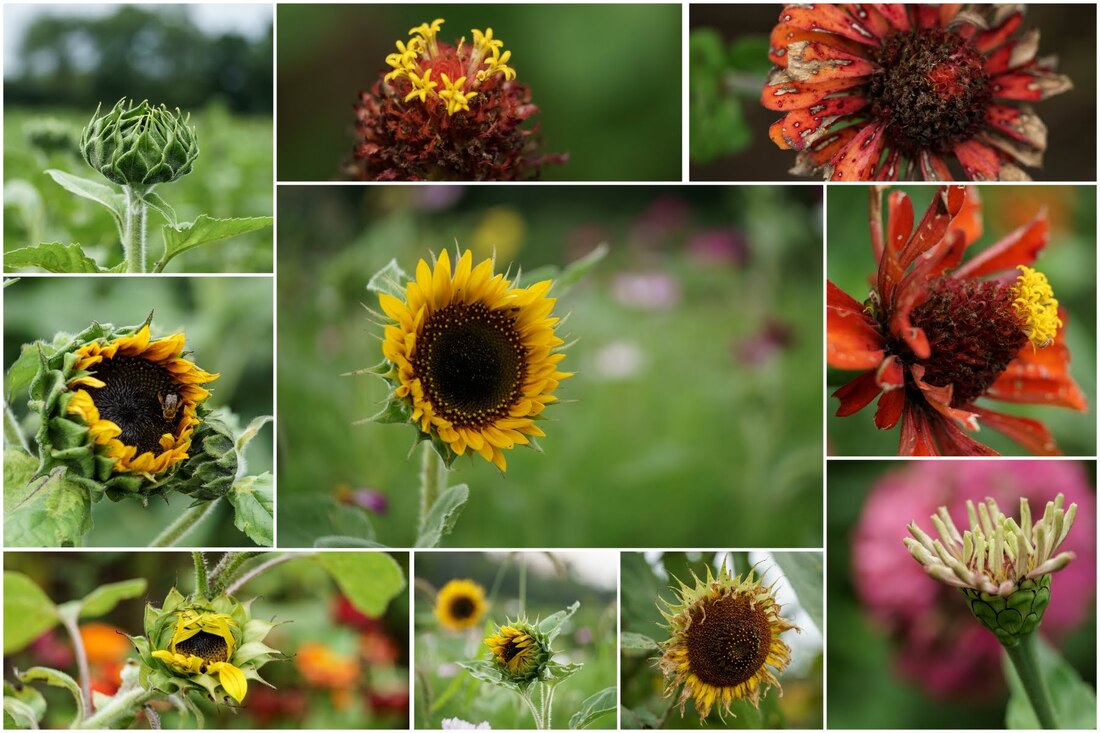
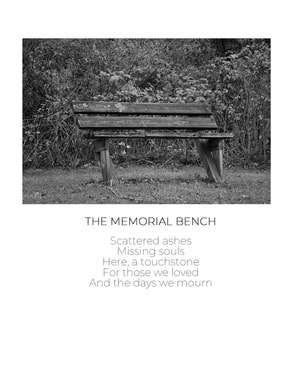
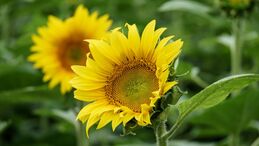
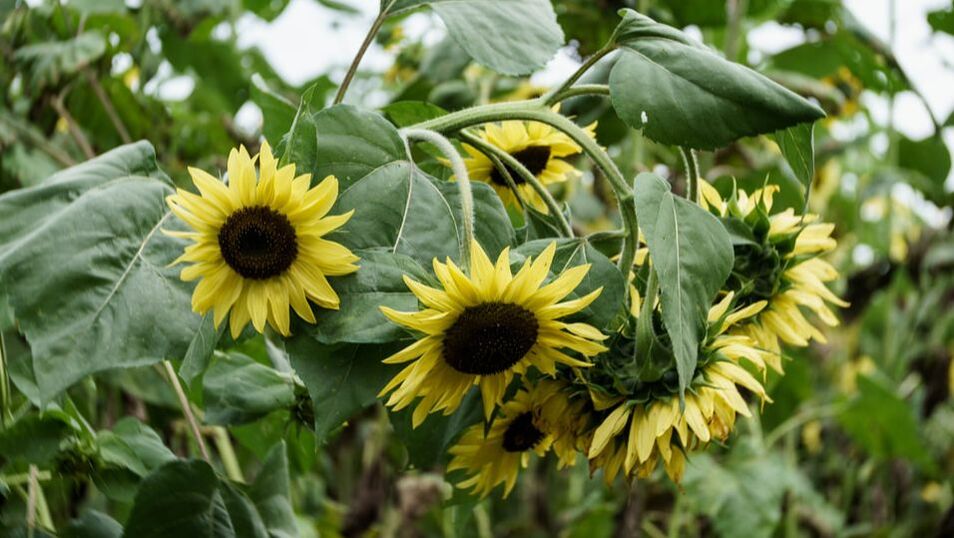
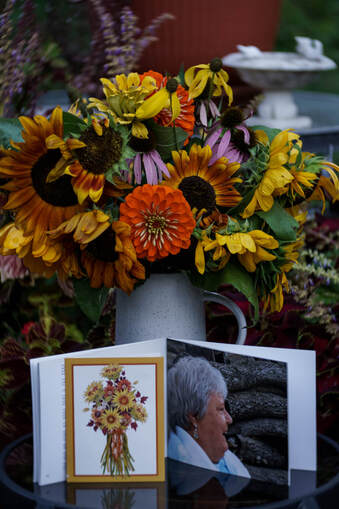
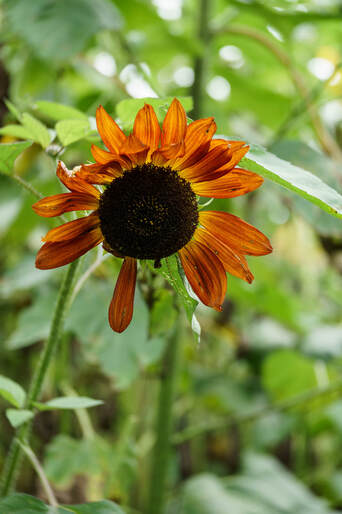
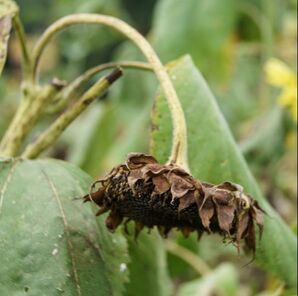
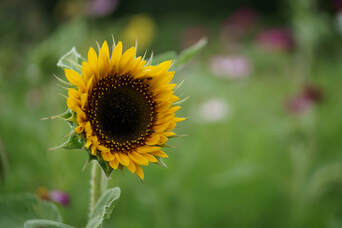
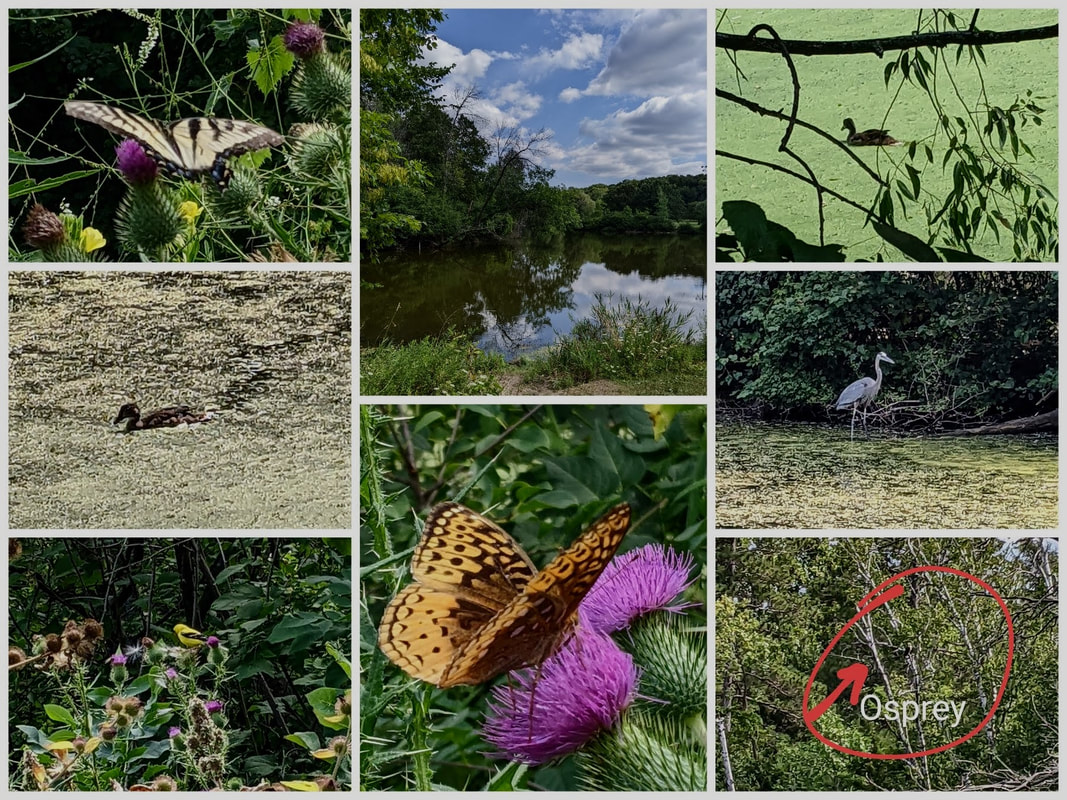
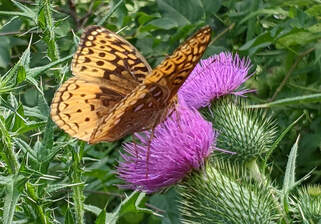
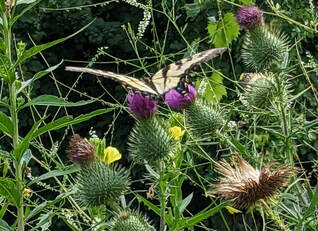

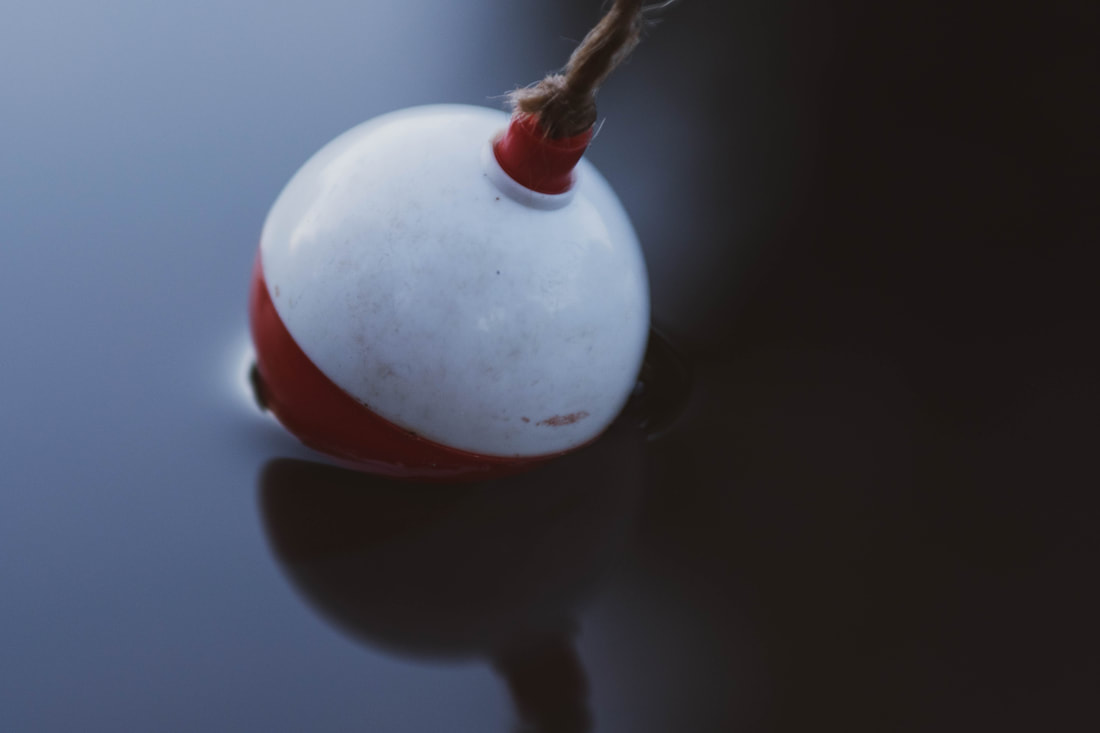
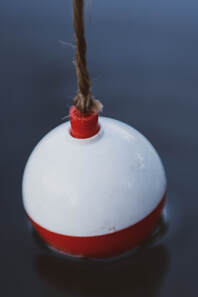
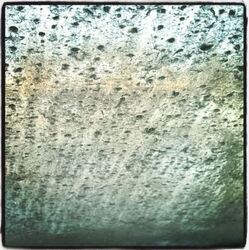
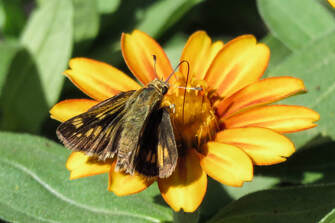
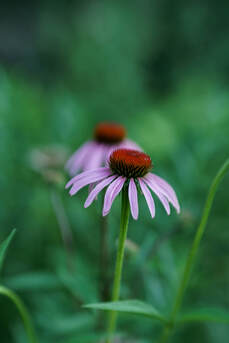
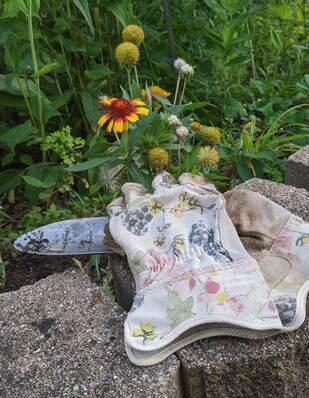
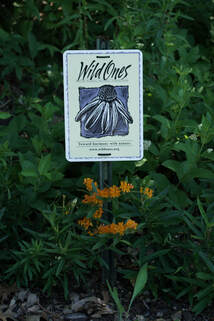
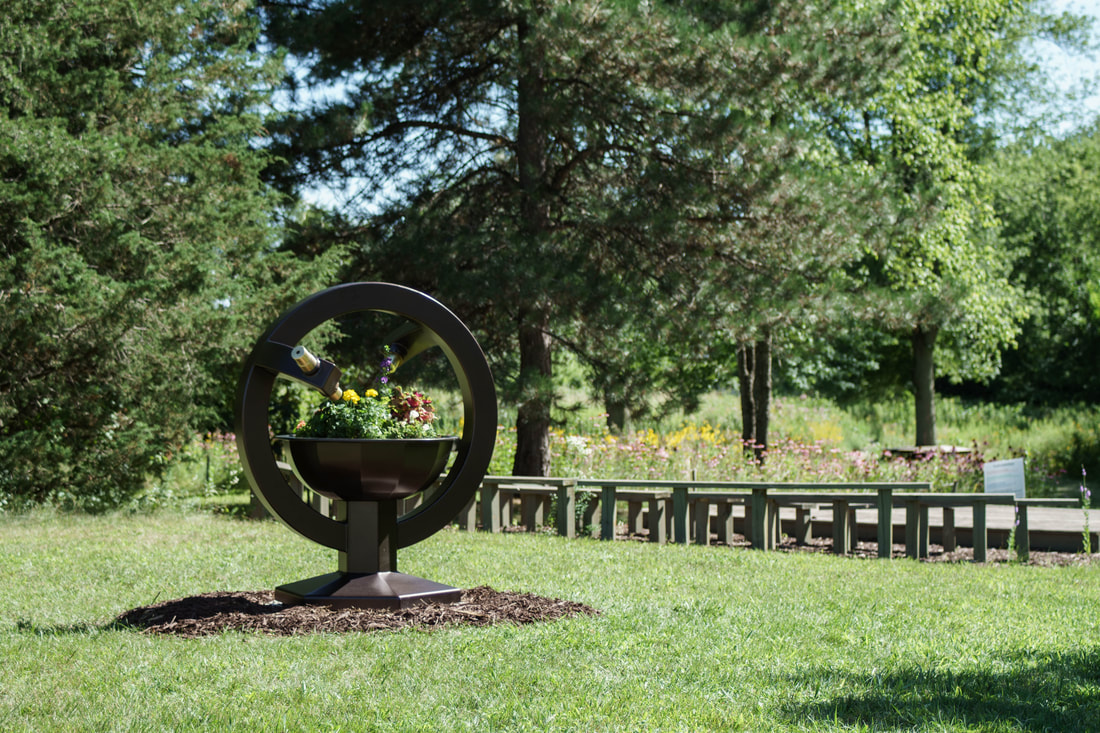
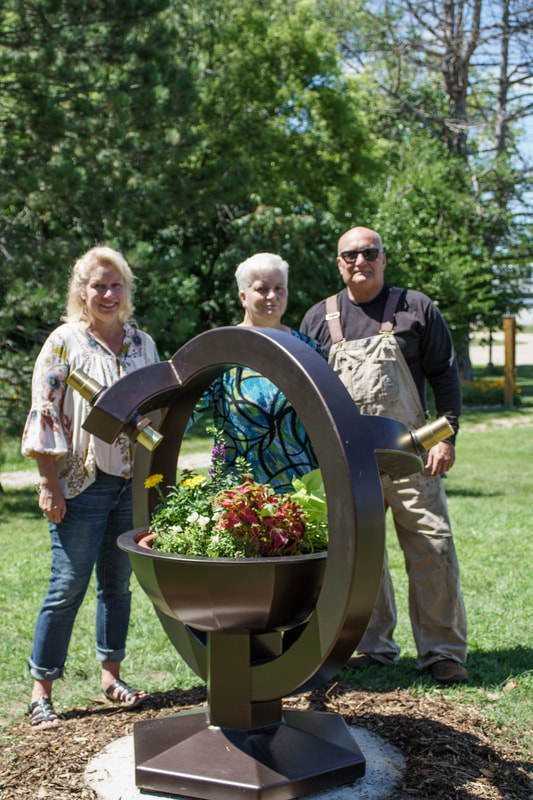
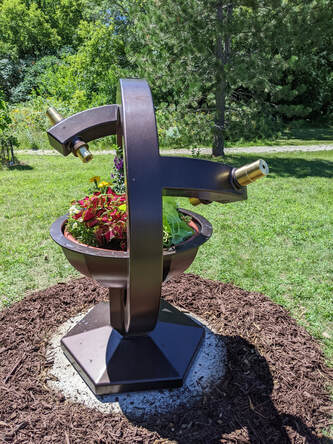
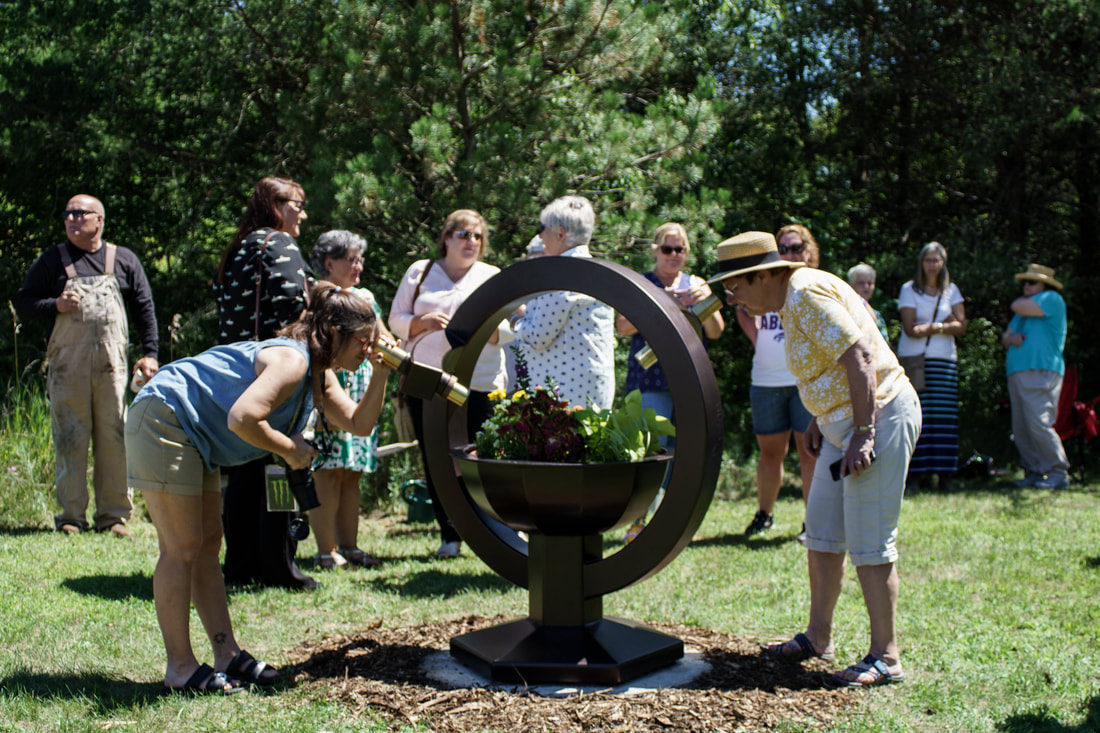
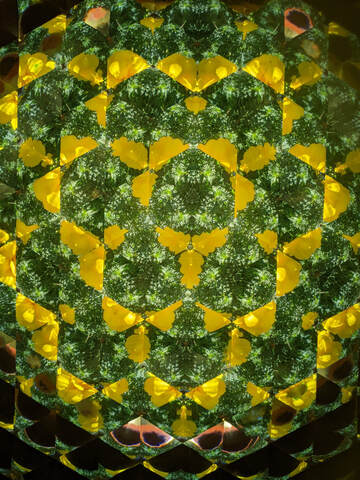
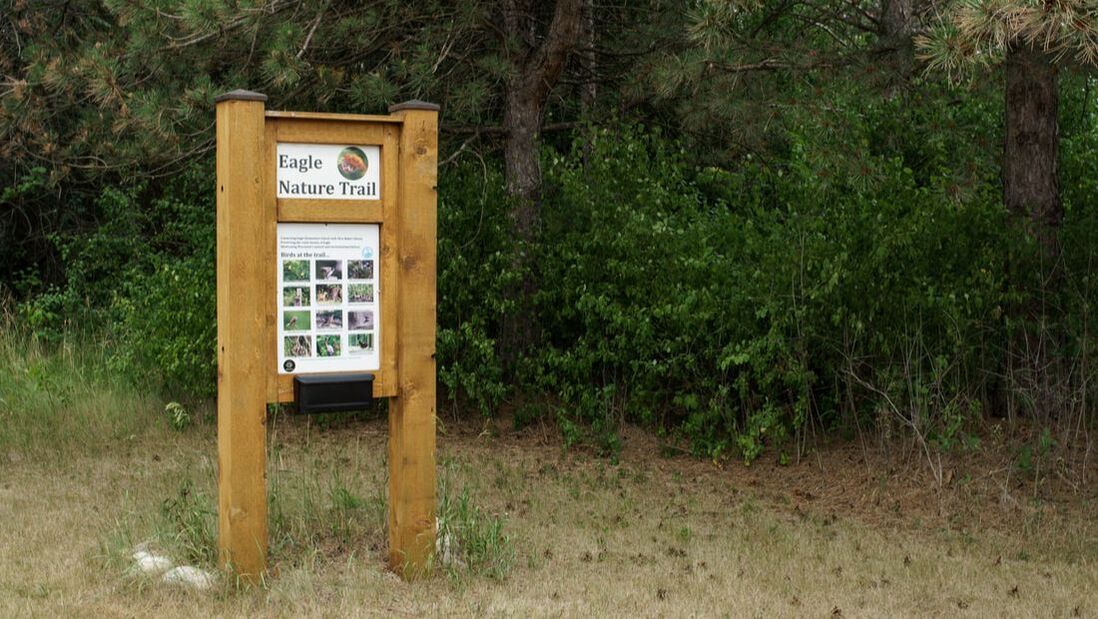
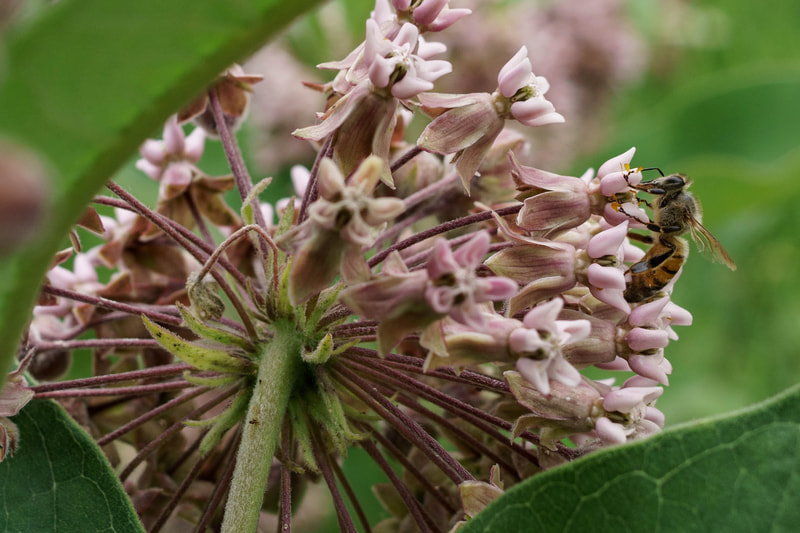
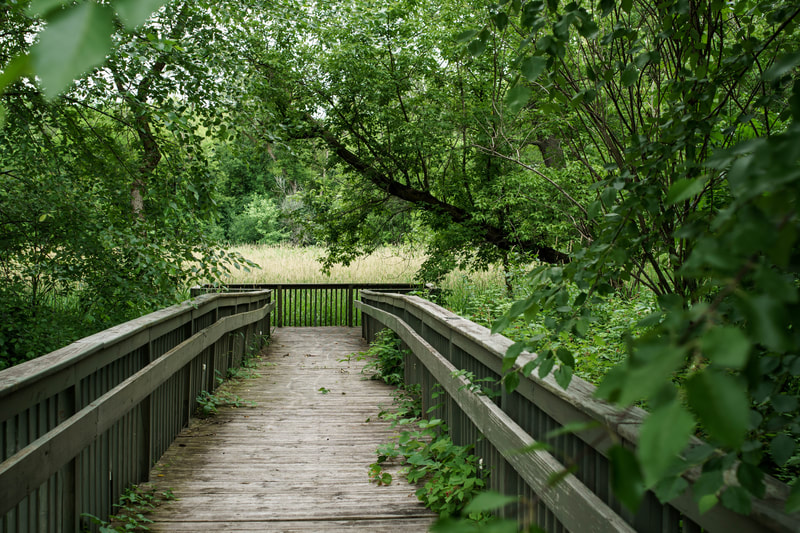
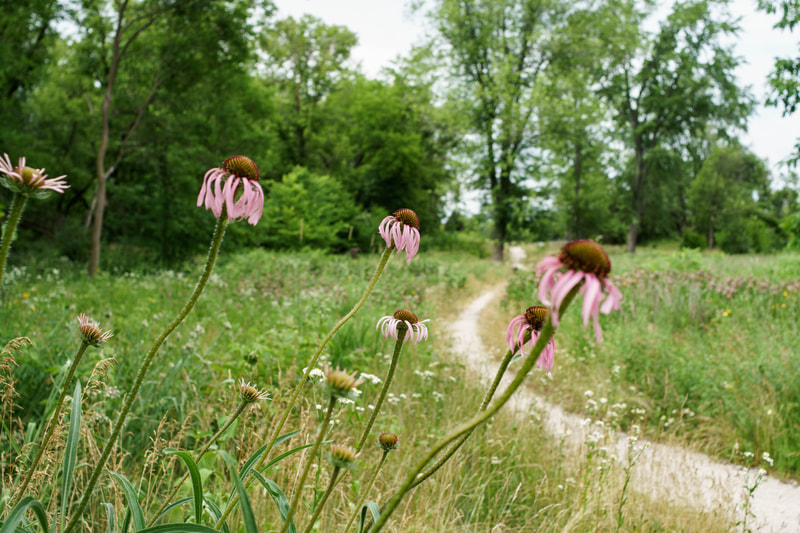
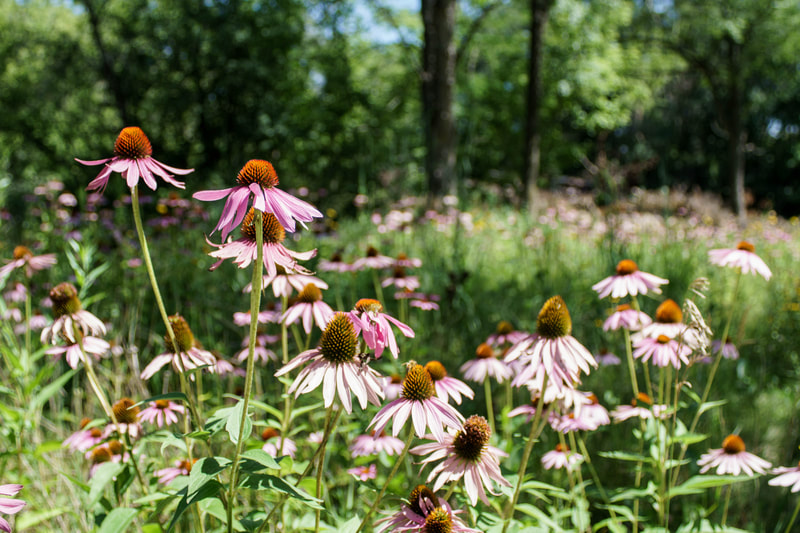
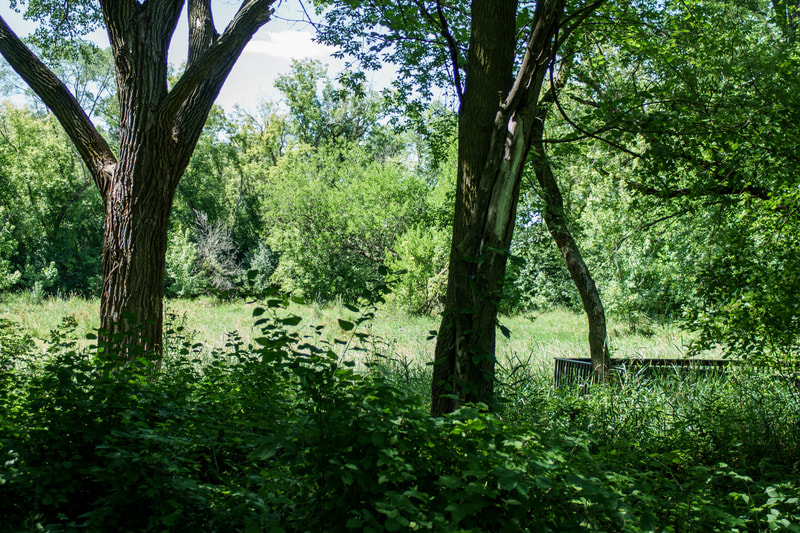
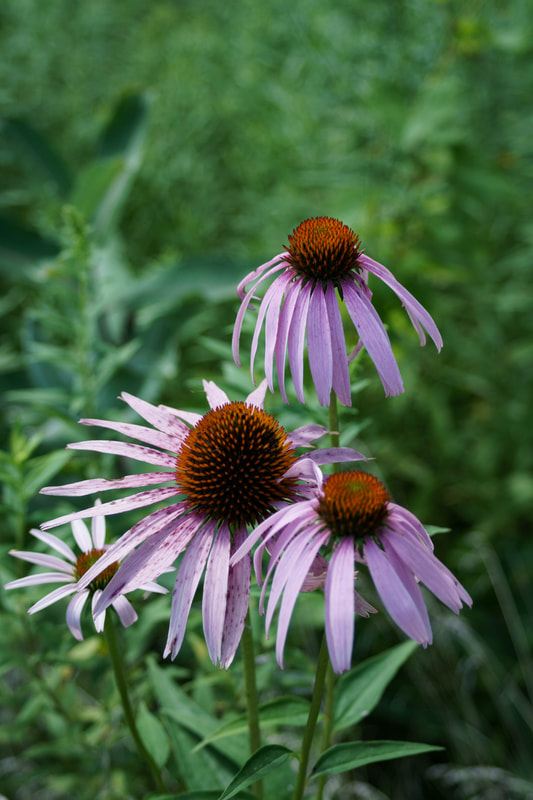
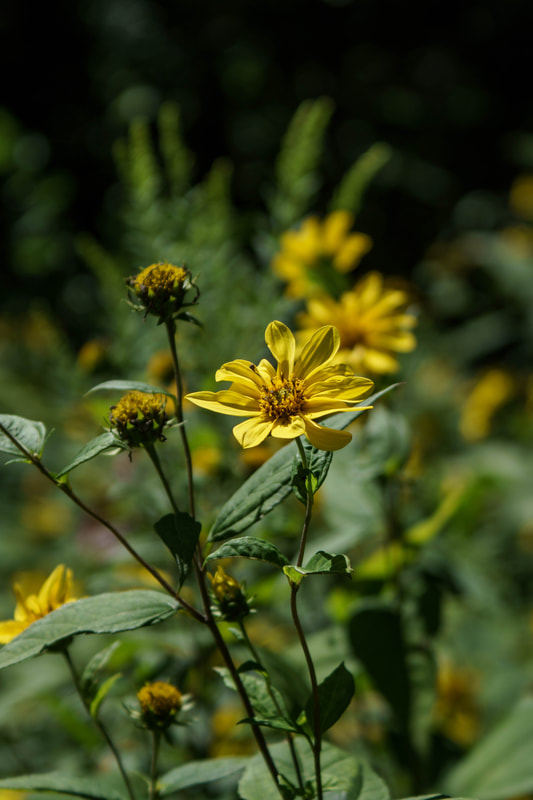
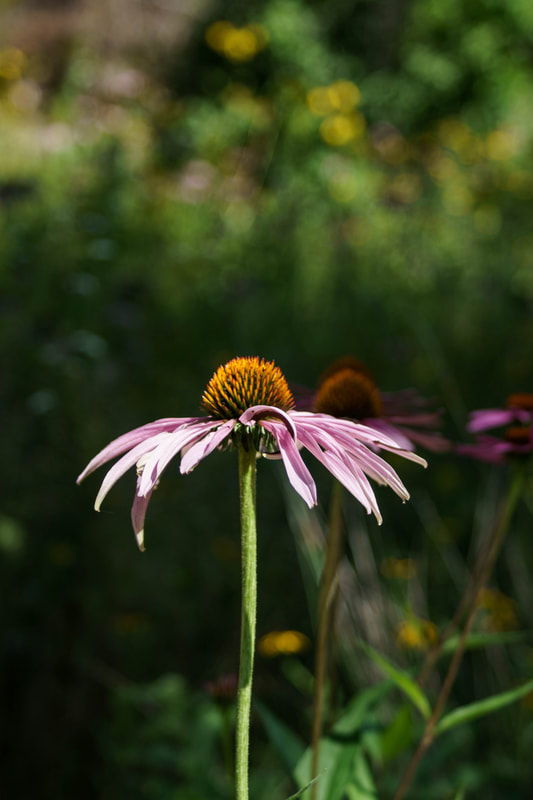
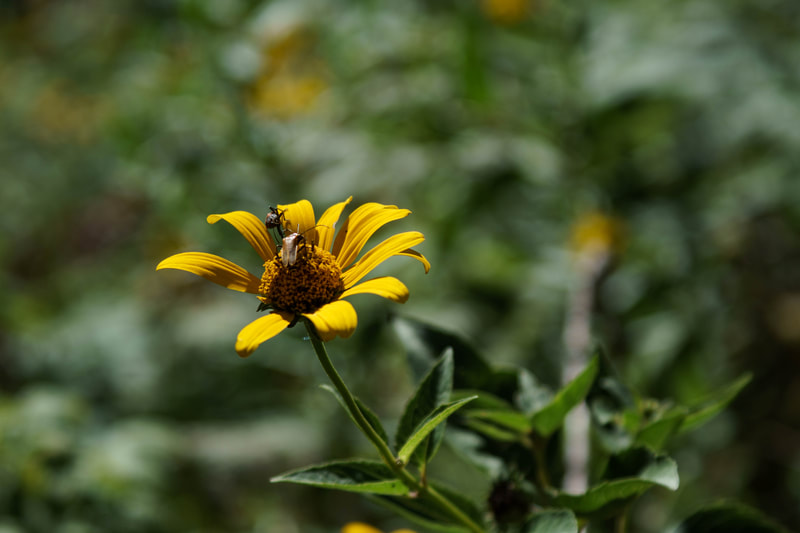
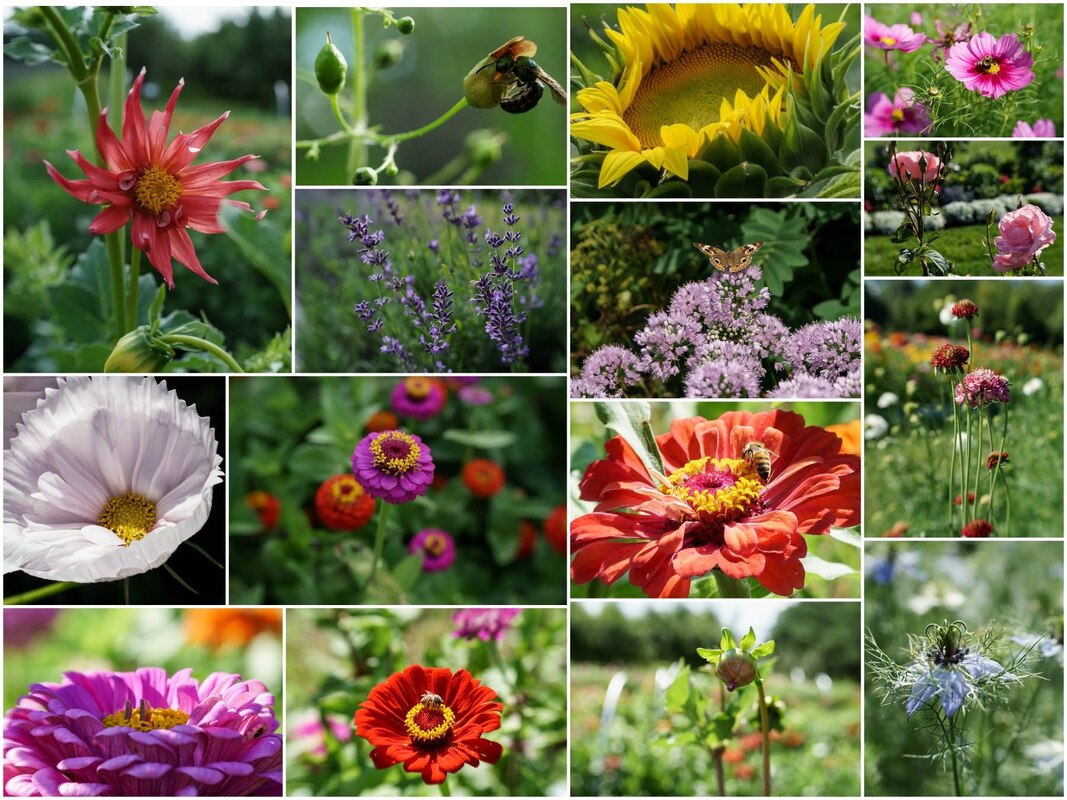
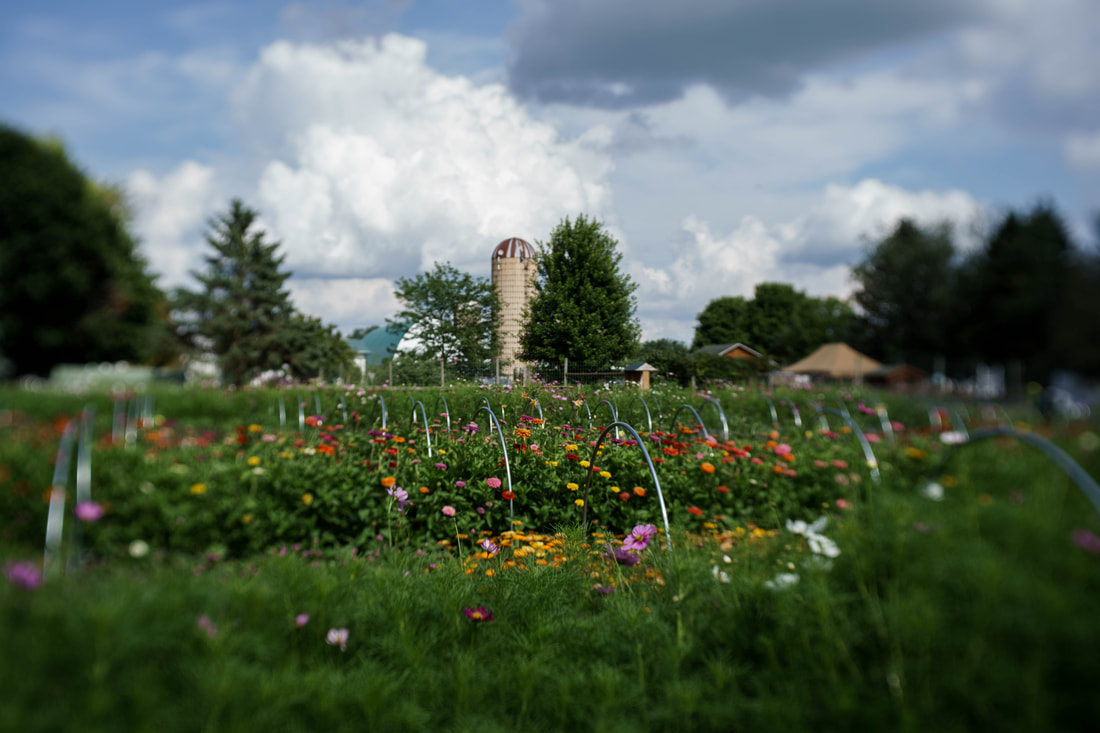
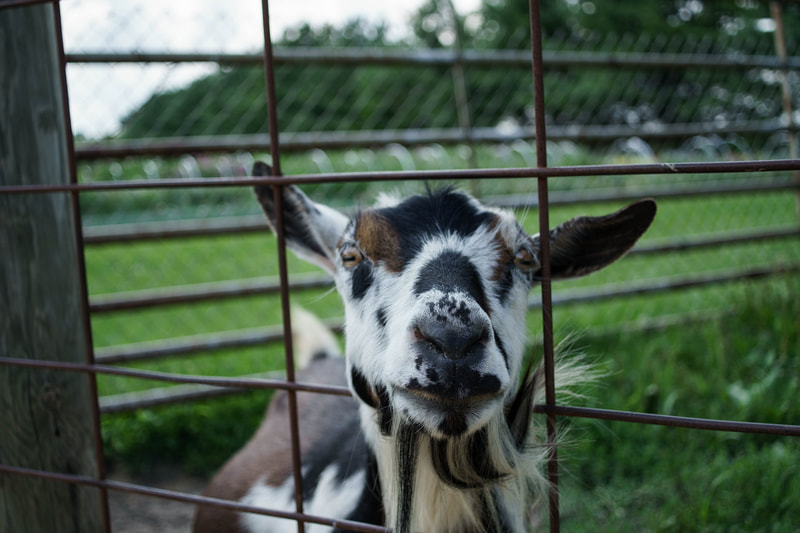
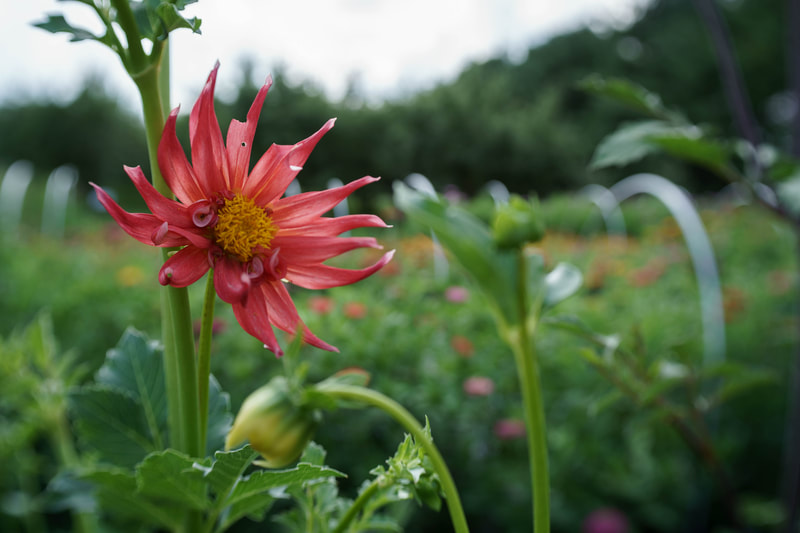
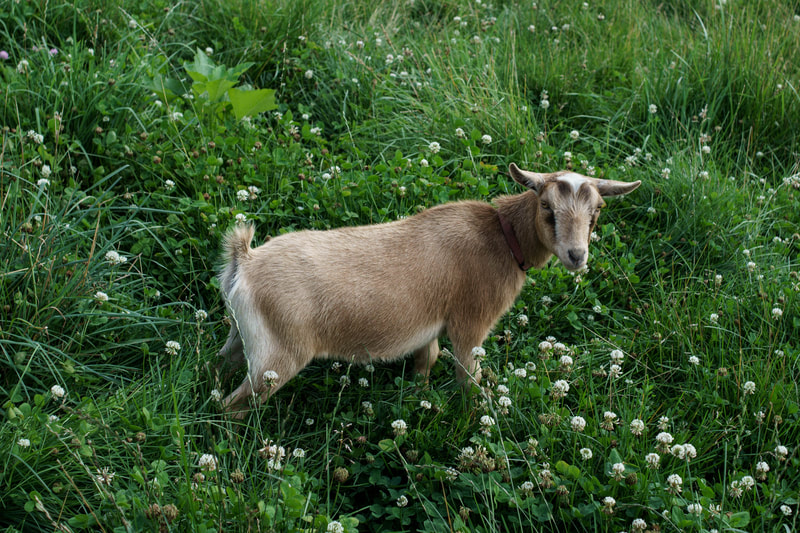
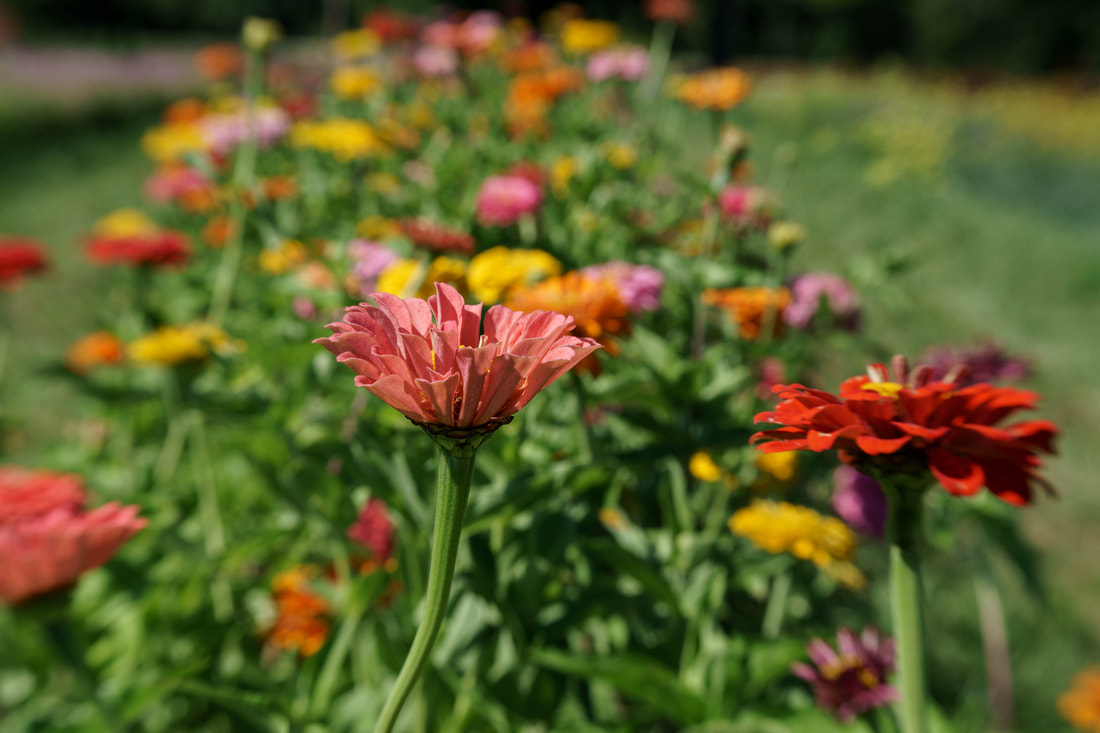

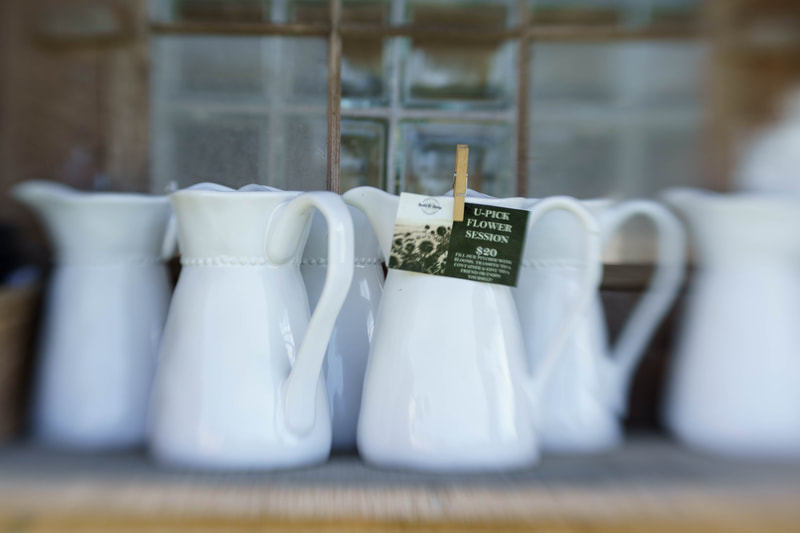
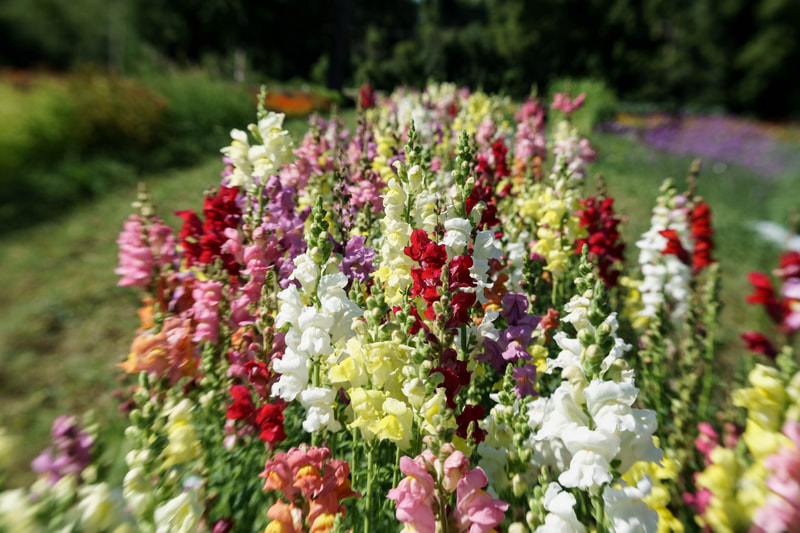
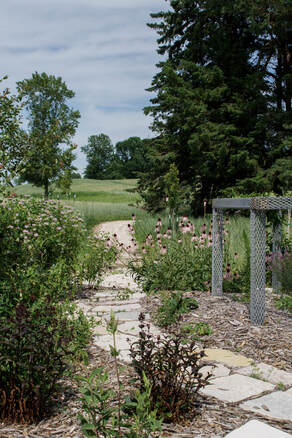
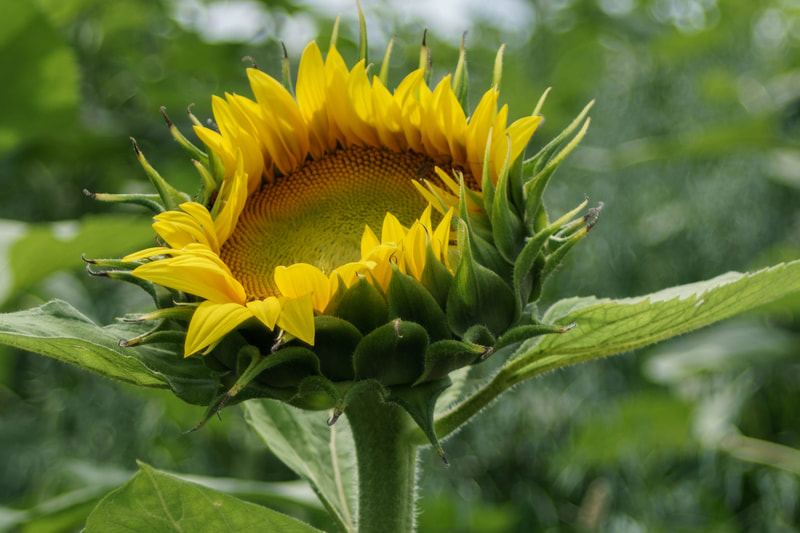
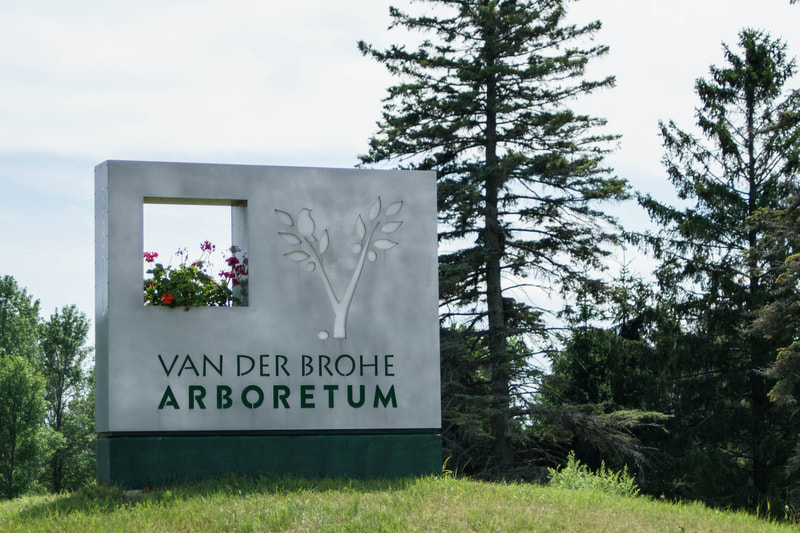
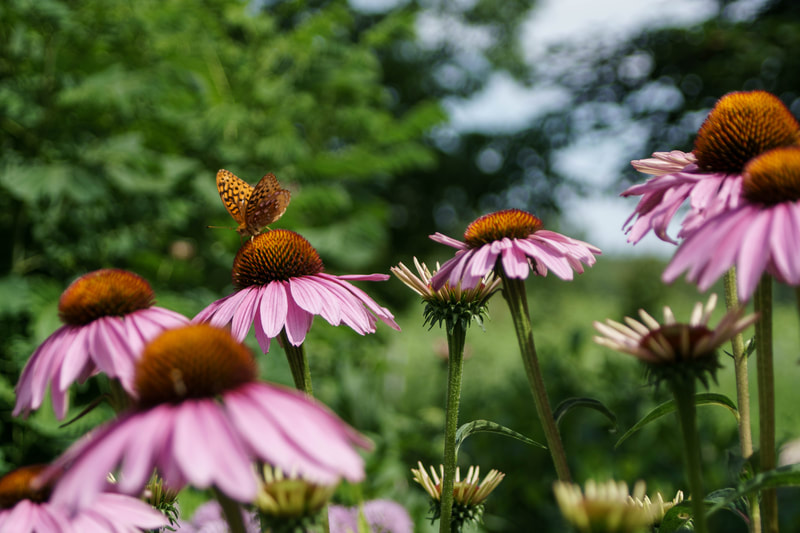

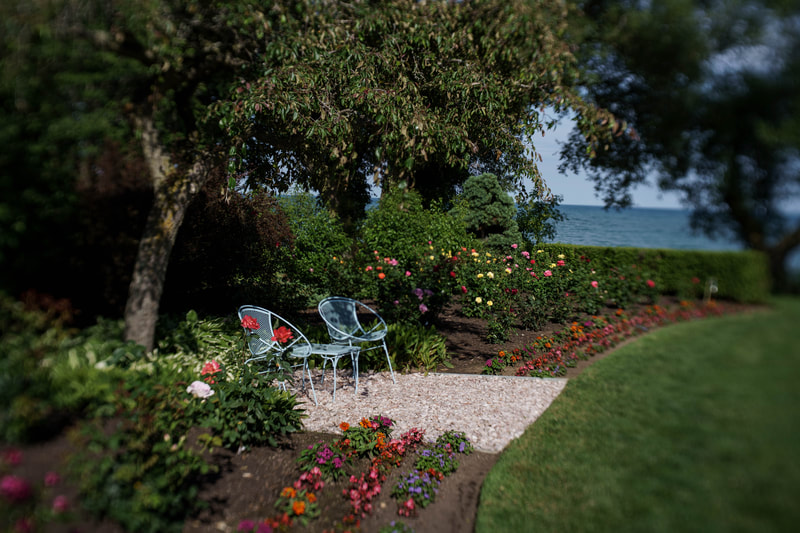
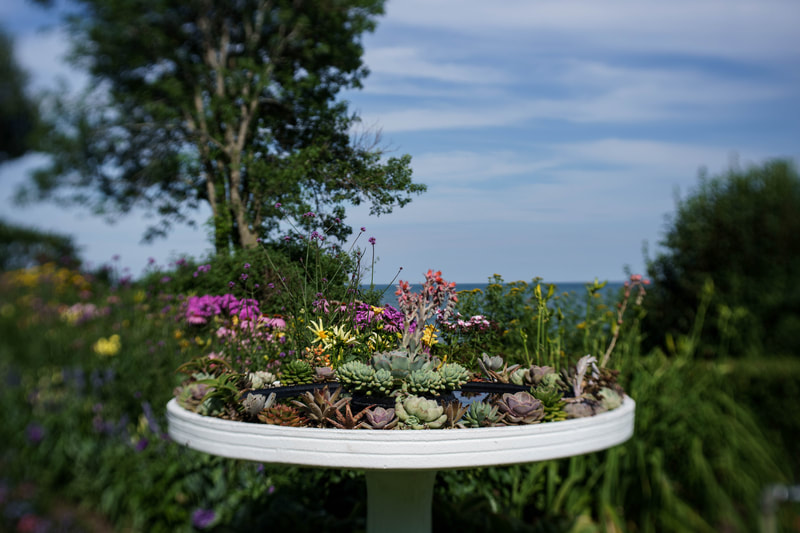

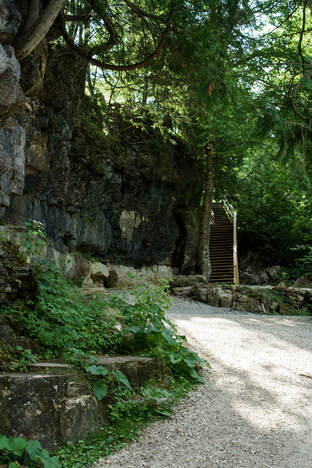
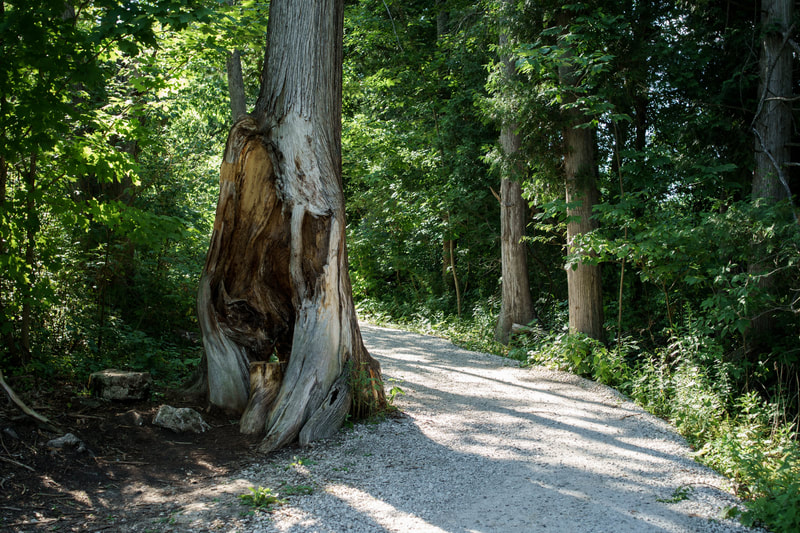
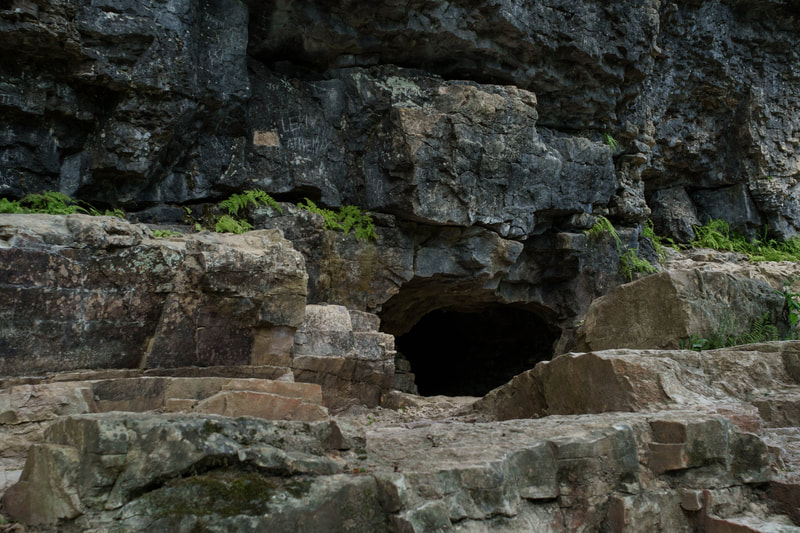
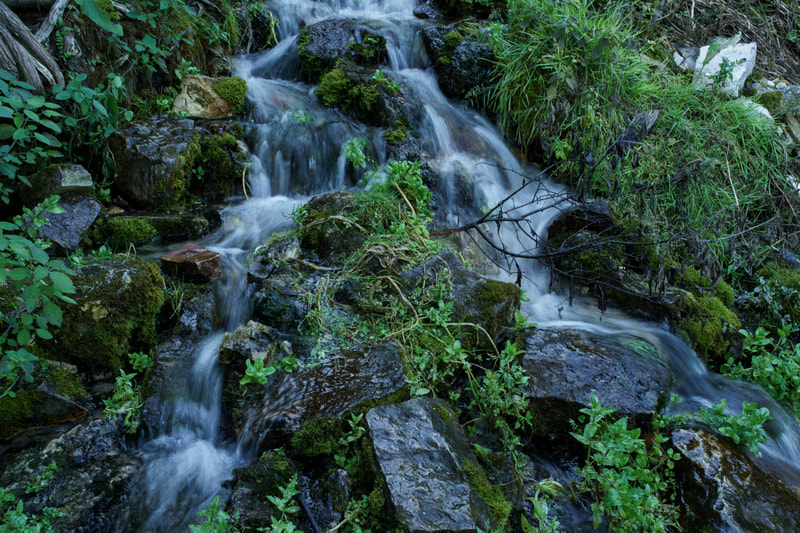
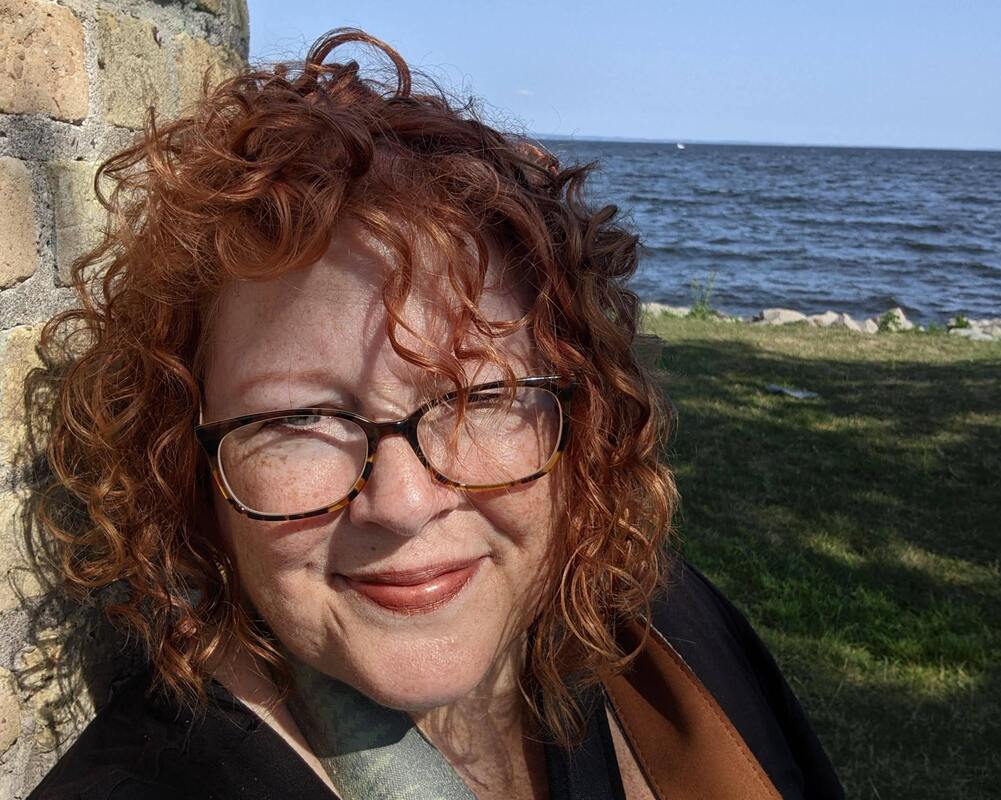
 RSS Feed
RSS Feed
